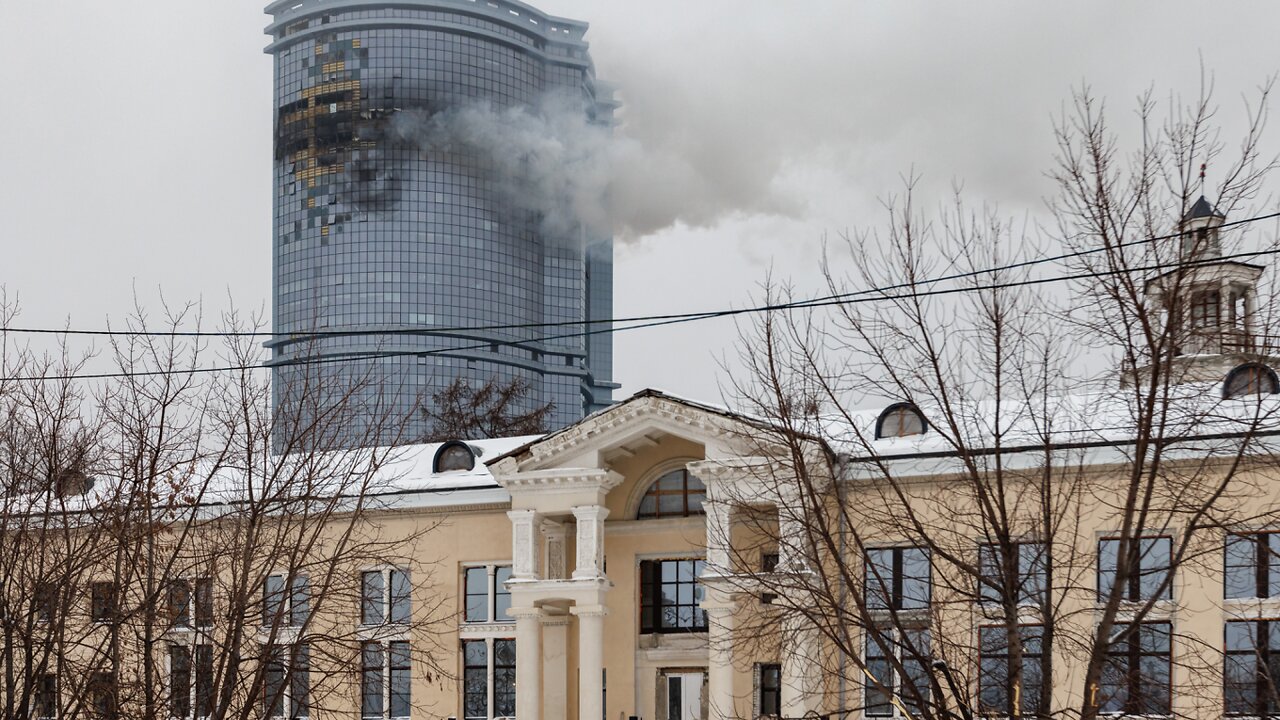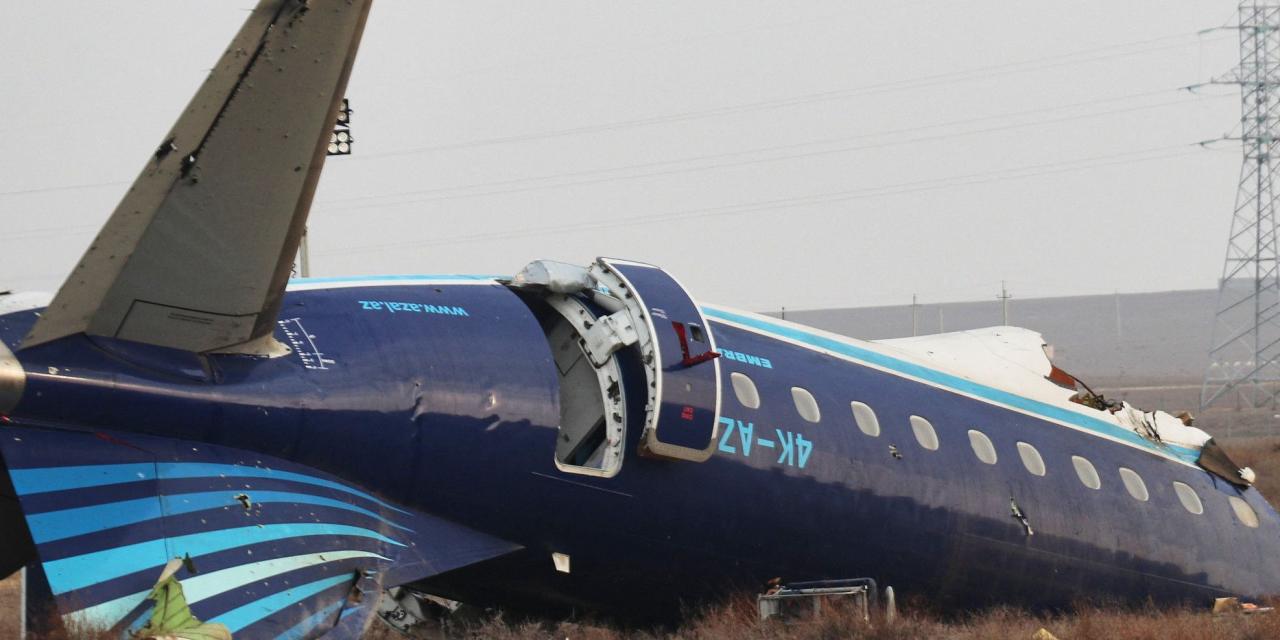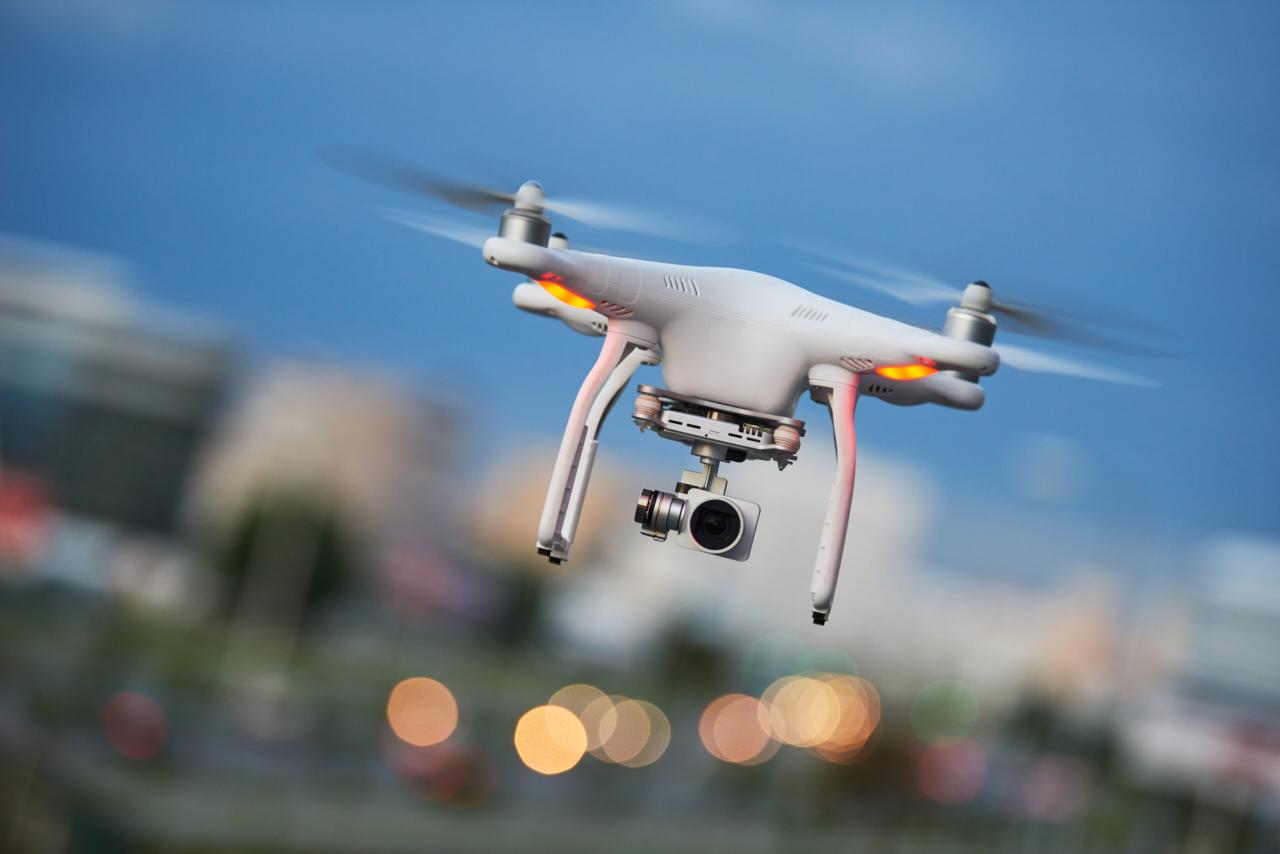Drone crash: It’s a phrase that conjures images of mangled metal and lost investment, but understanding the “why” behind these incidents is crucial for safe drone operation. This guide dives into the common causes of drone crashes, from mechanical failures and pilot error to the impact of weather and software glitches. We’ll also explore safety measures, legal implications, and real-world case studies to provide a comprehensive understanding of this important topic.
We’ll cover everything from pre-flight checklists and maintenance best practices to the legal ramifications of accidents and the ethical considerations surrounding drone use. Get ready to learn how to minimize your risk and fly smarter, not harder.
Drone Crash Causes
Understanding why drones crash is crucial for improving safety and preventing future incidents. Several factors contribute to drone accidents, ranging from mechanical issues to pilot error and environmental conditions. Let’s explore the most prevalent causes.
Common Drone Crash Causes
Five common causes stand out: mechanical failures, pilot error, software glitches, hardware malfunctions, and adverse weather conditions. Each plays a significant role in the overall number of drone crashes.
Impact of Mechanical Failures
Mechanical failures, such as motor malfunctions, propeller damage, or issues with the drone’s frame, can lead to unpredictable and often catastrophic crashes. These failures can be caused by manufacturing defects, wear and tear from extended use, or impacts during flight. A sudden loss of motor power, for instance, can leave a drone vulnerable to an uncontrolled descent.
Role of Human Error
Human error is a leading contributor to drone accidents. This includes issues like improper pre-flight checks, exceeding the drone’s operational limits (such as flying too far or too high), poor piloting skills, and neglecting safety protocols. Distraction or lack of awareness of the surroundings are also major factors.
Software Glitches vs. Hardware Malfunctions
Software glitches and hardware malfunctions often have overlapping consequences, leading to similar crash scenarios. Software glitches can cause unexpected drone behavior, such as erratic movements or sudden power loss. Hardware malfunctions, on the other hand, involve physical components failing, such as a faulty battery or sensor. The distinction is in the root cause: software is code-based, while hardware involves physical components.
Effects of Adverse Weather
Strong winds, heavy rain, or snow significantly impact drone stability and flight capabilities. Adverse weather conditions can reduce visibility, affect GPS signal reception, and cause the drone to lose control. Flying in such conditions increases the risk of crashes dramatically.
Types of Drone Crashes
Drone crashes vary in severity and the circumstances surrounding them. Understanding these different types helps in analyzing causes and implementing preventative measures.
Categorization by Damage Severity
Drone crashes can be categorized based on the extent of damage: minor (easily repairable), moderate (requiring significant repairs), and major (total loss of the drone). The severity dictates the cost of repair or replacement and the time required to resolve the issue.
Controlled vs. Uncontrolled Crashes
A controlled crash is a deliberate action taken by the pilot to land the drone safely in an emergency situation, minimizing damage. An uncontrolled crash, however, occurs unexpectedly due to unforeseen circumstances, often resulting in more extensive damage.
Mid-Air Collisions
Mid-air collisions, often involving multiple drones or other airborne objects, can result in significant damage to all involved. These collisions are usually a result of poor situational awareness and lack of communication between pilots.
Signal Loss or GPS Interference
Loss of signal or GPS interference can render a drone uncontrollable, leading to a crash. Obstacles blocking the signal or interference from other electronic devices can disrupt the drone’s connection with the controller, resulting in a sudden loss of control.
Crash Scenarios Table
| Crash Type | Primary Cause | Secondary Cause | Damage Level |
|---|---|---|---|
| Uncontrolled Descent | Motor Failure | Low Battery | Major |
| Mid-air Collision | Loss of Situational Awareness | High Drone Density | Moderate to Major |
| Signal Loss Crash | GPS Interference | Obstructed Signal | Moderate |
| Controlled Landing (Emergency) | Low Battery Warning | Adverse Weather | Minor |
Safety Measures and Prevention
Implementing proactive safety measures significantly reduces the risk of drone crashes. A multi-faceted approach encompassing pre-flight checks, maintenance, and operational best practices is essential.
Pre-Flight Inspection Checklist
A thorough pre-flight inspection is paramount. This includes:
- Checking propeller condition
- Inspecting the drone’s frame for damage
- Verifying battery charge and health
- Testing all motors and sensors
- Confirming GPS signal strength and accuracy
- Reviewing weather conditions
Importance of Regular Maintenance, Drone crash
Regular maintenance, including cleaning, calibration, and part replacements, ensures optimal drone performance and minimizes the risk of mechanical failures. This extends the lifespan of the drone and prevents unexpected malfunctions during flight.
Best Practices for Various Conditions

Operating drones safely in different environments requires adapting to specific conditions. This includes understanding wind limitations, adjusting flight parameters for different altitudes, and being aware of potential hazards such as power lines or obstacles.
Redundant Systems for Enhanced Safety
Utilizing redundant systems, such as backup batteries or GPS modules, provides an additional layer of safety. If one system fails, the backup system can take over, preventing a crash.
Impending Crash Flowchart
A clear flowchart guides pilots through the necessary steps in case of an impending crash:
- Assess the situation
- Attempt controlled descent
- If unsuccessful, prepare for impact
- Post-crash procedures: Secure the area and report the incident
Consequences of Drone Crashes

Drone crashes can have far-reaching consequences, impacting property, individuals, and the drone industry as a whole. Understanding these potential outcomes is crucial for responsible drone operation.
Potential Damage to Property
Drone crashes can cause significant damage to property, including buildings, vehicles, and infrastructure. The weight and speed of a drone, combined with its potential for impact, can result in substantial financial losses and repairs.
Drone crashes can be frustrating, especially if you’re relying on the data. Troubleshooting often involves checking various systems, and sometimes you need to cross-reference information online; for example, if your flight control software is glitching, you might wonder, “is chatgpt down right now,” is chatgpt down right now , because that could affect automated flight logs. Once you’ve checked that, you can resume investigating the drone’s physical components for the crash cause.
Legal Ramifications
Drone accidents resulting in injury or death carry severe legal consequences, including potential lawsuits, criminal charges, and hefty fines. Compliance with all relevant regulations and safety protocols is paramount to mitigate these risks.
Economic Impact on the Drone Industry
Drone crashes can negatively affect the drone industry’s reputation and public perception. Negative publicity surrounding accidents can decrease consumer confidence and hinder the growth of the industry.
Ethical Considerations
Drone accidents raise ethical questions regarding public safety, privacy, and accountability. Responsible drone operation requires a strong ethical framework to prioritize safety and minimize potential harm.
Potential Consequences (Bulleted List)
- Minor damage to the drone
- Moderate damage requiring repairs
- Total loss of the drone
- Property damage
- Personal injury
- Legal repercussions
- Reputational damage to the drone industry
Case Studies of Notable Drone Crashes
Analyzing past drone crashes offers valuable insights into causes, consequences, and improvements needed for enhanced safety. Let’s examine a few notable cases.
Detailed Account of a Significant Crash
In 20XX, a large commercial drone carrying a heavy payload experienced a catastrophic failure due to a sudden power surge in one of its main motors. The resulting uncontrolled descent caused significant damage to a nearby warehouse, highlighting the importance of robust power management systems and regular maintenance checks. The investigation revealed a faulty voltage regulator as the primary cause.
Comparison of Two Distinct Incidents
Two distinct incidents, one involving pilot error and the other a software glitch, illustrate the diverse causes of drone crashes. The pilot error case involved a drone flying too close to a mountain, resulting in a collision, while the software glitch resulted in a sudden loss of control due to a coding error in the drone’s flight controller.
Investigative Process Following a Major Crash
The investigation following a major drone crash involves several key steps: securing the crash site, recovering the drone’s flight data recorder (if available), interviewing witnesses, analyzing drone components for mechanical failures, and reviewing flight logs. Expert analysis often plays a crucial role in determining the root cause.
Safety Improvements Implemented
In response to a specific drone crash involving a loss of GPS signal, the industry implemented improved redundancy protocols. This included the incorporation of multiple GPS receivers and improved communication systems to ensure a more reliable connection between the drone and its controller, even in challenging environments.
Visual Representation of a Crash Scenario
Imagine a drone flying smoothly at a moderate altitude when a sudden gust of wind hits it. The drone tilts violently, losing its orientation. The pilot struggles to regain control, but the wind is too strong. The drone spins uncontrollably before crashing into a nearby tree, sustaining significant damage to its propellers and frame.
Drone Crash Investigation and Analysis
A thorough investigation is crucial to determine the root cause of a drone crash, prevent similar incidents, and improve drone safety protocols.
Drone crashes can be a real bummer, especially when you’re relying on them for important data. If you’re working with a large-scale drone operation, reliable connectivity is crucial, and that’s where companies like bell mts come in, offering robust network solutions. Understanding the impact of network reliability on your drone’s performance is key to preventing future crashes and maximizing your operational efficiency.
Steps Involved in a Drone Crash Investigation
A comprehensive drone crash investigation involves several key steps, including securing the crash site, collecting evidence, interviewing witnesses, analyzing flight data, and performing a detailed examination of the drone’s components to identify any mechanical failures. The investigation also involves reviewing any relevant flight logs or video recordings.
Data Recovery Techniques
Recovering data from a crashed drone can involve various techniques, depending on the extent of the damage. This can include extracting data from the drone’s onboard storage, analyzing flight logs from the controller, and potentially recovering data from damaged memory chips using specialized tools.
Role of Expert Witnesses
Expert witnesses play a crucial role in drone accident investigations. They provide specialized knowledge and analysis on aspects such as drone mechanics, software, and flight dynamics, assisting in determining the root cause of the crash.
Drone crashes can be a bummer, especially if you’ve invested in a pricey model. To avoid such mishaps, proper training and understanding of regulations are key. Luckily, you can find some helpful resources and maybe even snag some gear at places like drone canadian tire , which might offer parts or even workshops. Remember, a little preventative maintenance goes a long way in keeping your drone in the air and out of trouble.
Common Challenges in Investigations
Challenges in drone crash investigations include data loss from damaged components, difficulty in recreating the accident scenario, and the complexity of modern drone systems. The investigation also needs to consider environmental factors and the potential for multiple contributing causes.
Presenting Investigation Findings

Findings from a drone crash investigation should be presented in a clear and concise report, detailing the investigation’s methodology, evidence gathered, analysis performed, and conclusions drawn. The report should also include recommendations for preventing future similar incidents.
Summary
Understanding drone crashes isn’t just about avoiding expensive repairs; it’s about ensuring the safety of people and property. By learning about common causes, implementing preventative measures, and understanding the legal and ethical considerations, we can all contribute to a safer airspace for drones. This guide provides a solid foundation for responsible drone operation, minimizing risks and maximizing the potential of this exciting technology.
FAQ Insights: Drone Crash
Can I insure my drone against crashes?
Yes, many insurance providers offer drone insurance policies that cover damage, liability, and even loss. The cost and coverage vary depending on the drone’s value and your intended use.
What should I do immediately after a drone crash?
Prioritize safety. Ensure no one is injured. Secure the crash site if possible. Document the scene with photos and videos. Contact relevant authorities if necessary (e.g., FAA, local law enforcement).
How long does a drone crash investigation take?
The duration varies greatly depending on the complexity of the crash, the availability of data, and the resources allocated to the investigation. Simple incidents might be resolved quickly, while more complex ones can take weeks or months.
